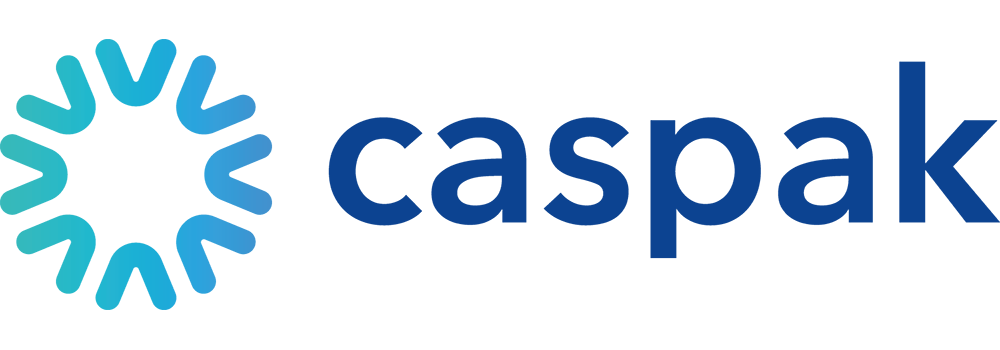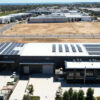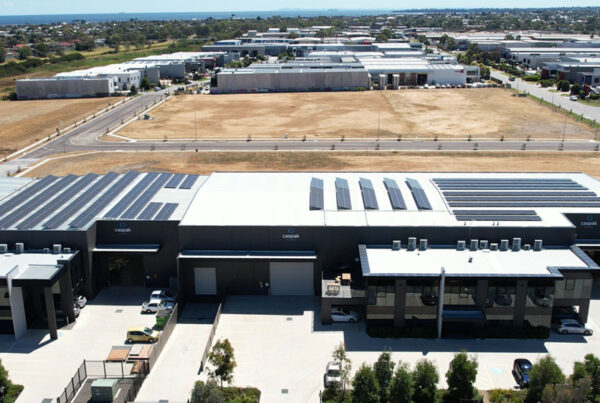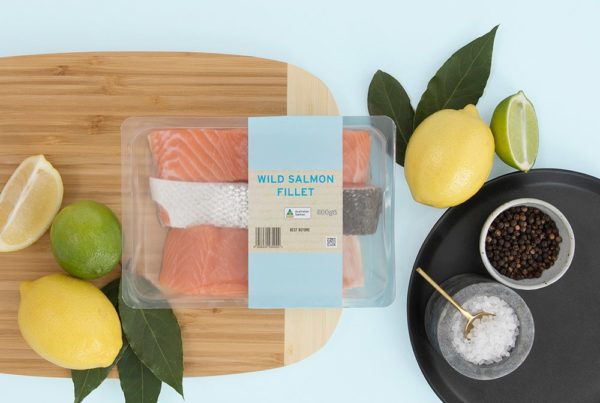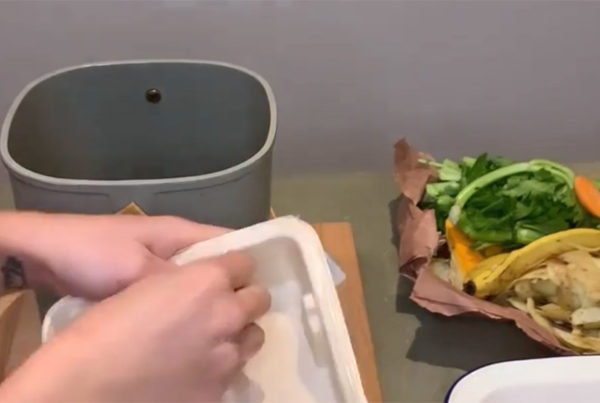
When I talk to friends, family and new acquaintances and I mention that I work within the food packaging industry, the first question they ask is ‘Are you looking at new sustainable products?’ This question is often thrown at me quite casually with a laugh and I am often left sitting there wondering how deeply they, themselves have thought about the sustainability of each packaging format and how it functions.
As consumers do we walk around the supermarket analysing each packaging format for its raw materials used, resources used during transport or the product it is protecting? Or do we only see what we believe and perceive to be a ‘sustainable’ product?
This is where I find the word ‘sustainable’ deeply problematic, in the way it is such a personal word. It’s a word that produces emotion and disconnects rational thought (because I can assure you that all formats have their pros and cons).
Moving forward we need transparency in what part of the product is sustainable and how that looks in the broader picture. By using paper instead of plastic what are the pay offs and what are the benefits. As consumers let’s not just assume it’s all bad because it doesn’t agree with what we believe is ‘sustainable’.
An Andrew Martin survey highlights, 77% of participants said plastic was the least environmentally responsible type of packaging. Paper was deemed the most environmentally safe material.
But this leads to the questions, if we did move every packaging format to paper what would the shelf life of our food be? What would we do with all the plastic that is produced from crude oil and how would we process and then use all the paper after it has been used?
These are only some of the challenges and questions we need to start asking as consumers when we are looking at sustainable packaging.
Bryce Hickmott
Managing Director

